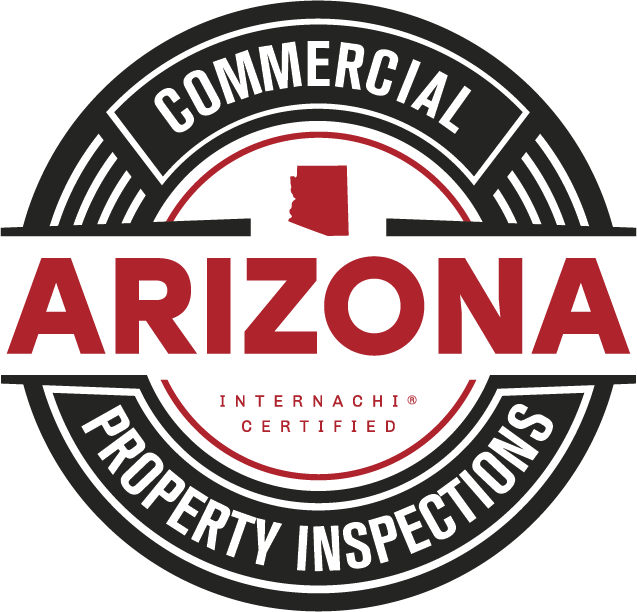Effective long-term planning and management are crucial for the sustainability and profitability of multi-family properties. A Capital Needs Assessment (CNA) is an essential tool in this process, providing property owners and managers with a comprehensive evaluation of the physical condition of their property and identifying necessary capital expenditures over a specific period. Here’s an in-depth look at what a CNA involves and its importance for multi-family properties.
What is a Capital Needs Assessment (CNA)?
A Capital Needs Assessment (CNA) is a detailed analysis of a property’s current physical state and future capital requirements. It involves a thorough inspection of all major building components and systems, forecasting their remaining useful life, and estimating the costs for repairs, replacements, and upgrades needed over a defined period, typically 20 years.
Key Components of a CNA
- Physical Inspection The assessment begins with a comprehensive on-site inspection of the property. This includes evaluating the condition of:
- Structural components (foundation, roofing, exterior walls)
- Mechanical systems (HVAC, plumbing, electrical)
- Interior elements (flooring, walls, ceilings)
- Common areas and amenities (hallways, recreational facilities)
- Site features (landscaping, parking lots, drainage systems)
- Condition Assessment Each building component is assessed to determine its current condition and estimate its remaining useful life. This helps in identifying which elements need immediate attention and which can be scheduled for future maintenance.
- Cost Estimates The CNA provides detailed cost estimates for the repair, replacement, or upgrade of each component. These estimates are based on current market rates and projected inflation over the assessment period.
- Priority Recommendations Recommendations are prioritized based on the urgency and importance of the repairs or replacements. Immediate needs are addressed first, followed by mid-term and long-term requirements.
- Financial Planning The assessment includes a financial plan outlining the projected capital expenditures over the assessment period. This helps property owners and managers budget for future maintenance and improvement projects.
Importance of a CNA for Multi-Family Properties
- Informed Decision-Making A CNA provides property owners and managers with crucial information about the current state of their property and future capital needs. This enables informed decision-making regarding maintenance schedules, budget allocation, and strategic planning.
- Budgeting and Financial Planning By identifying and estimating future capital expenditures, a CNA helps in creating a realistic and effective budget. This ensures that funds are available when needed for critical repairs and replacements, preventing financial surprises and ensuring the property’s long-term viability.
- Maintaining Property Value Regular maintenance and timely upgrades, as identified in a CNA, help maintain and even increase the property’s value. Well-maintained properties are more attractive to tenants and potential investors, leading to higher occupancy rates and rental income.
- Compliance with Regulations Many financing and regulatory agencies, such as HUD, require a CNA as part of their funding and compliance processes. Conducting a CNA ensures that the property meets these requirements, securing necessary funding and avoiding potential penalties.
- Enhancing Tenant Satisfaction Proactive maintenance and improvements based on CNA findings contribute to a better living environment for tenants. This leads to higher tenant satisfaction, reduced turnover rates, and a more stable rental income stream.
Conducting a CNA: Best Practices
- Engage Qualified Professionals Hire experienced and qualified professionals to conduct the CNA. This includes architects, engineers, and other specialists who can accurately assess the property’s condition and provide reliable cost estimates.
- Regular Updates CNAs should be updated periodically, typically every 5 to 10 years, to account for changes in the property’s condition and market conditions. Regular updates ensure that the assessment remains relevant and useful for long-term planning.
- Collaborative Approach Involve property management staff and maintenance personnel in the assessment process. Their firsthand knowledge of the property’s issues can provide valuable insights and contribute to a more accurate evaluation.
- Plan for Contingencies Include a contingency budget in the financial plan to account for unexpected repairs or cost overruns. This ensures that funds are available for unforeseen issues, maintaining the property’s condition without financial strain.
Conclusion
A Capital Needs Assessment (CNA) is an invaluable tool for the effective management and long-term planning of multi-family properties. By providing a comprehensive evaluation of the property’s condition and future capital requirements, a CNA enables property owners and managers to make informed decisions, ensure financial stability, maintain property value, and enhance tenant satisfaction. Embracing the CNA process is not just about meeting regulatory requirements; it’s about ensuring the sustained success and profitability of multi-family properties.

